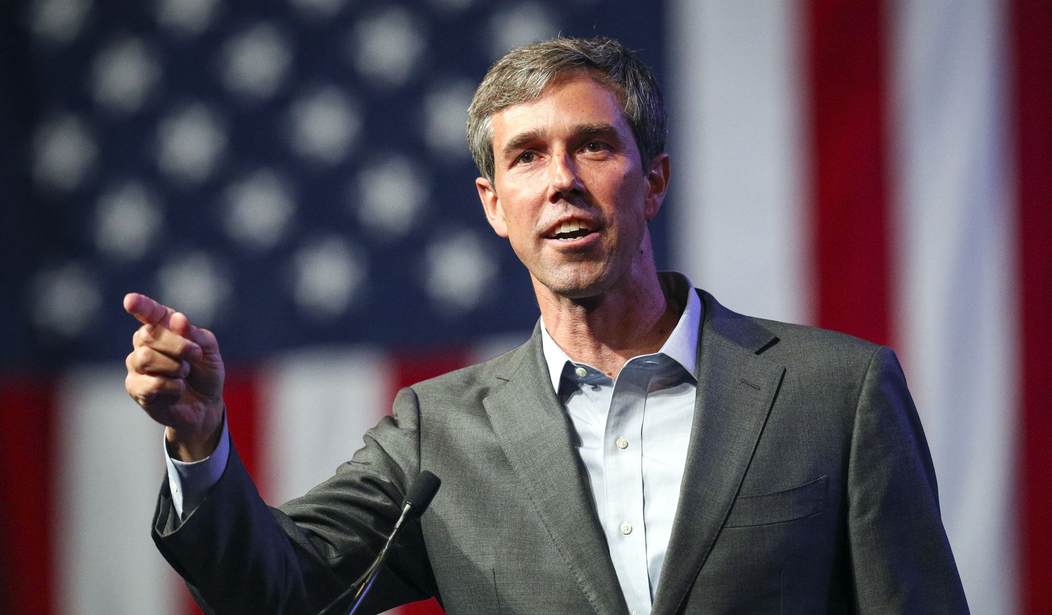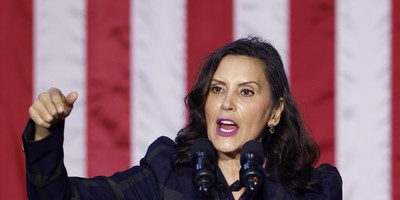Would you describe police as the “new Jim Crow”? That is what Democrat Senate nominee Beto O’Rourke recently told students at Prairie View A&M University. Accusing police of “shooting that person solely based on the color of their skin.”
A video then went viral of Beto O'Rourke whipping a large crowd of blacks into a frenzy at the Good Street Baptist Church in Dallas with the words: “How can we continue to lose the lives of unarmed black men in the United States of America at the hands of white police officers? That is not justice.” The media outlets such as the Washington Post, CBS, and Buzzfeed wondered why Senator Ted Cruz tweeted out the video because they argued that O’Rourke’s comments were completely reasonable.
A recent Cruz ad attacks O’Rourke for these comments. There is strong evidence that Cruz is correct.
The media has helped create a biased perception of systematic racial bias by police. In a study, the Crime Prevention Research Center finds that when a white officer kills a suspect, the media usually mentions the race of the officer. This is rarely true when the officer is black.
Polls of blacks paint a bleak picture of relations between blacks and the police, but there is other evidence based on behavior that, overall, blacks trust police at least as much as whites do.
A Quinnipiac survey last year in New York City found that blacks were 11 percentage points more likely to approve of the police in their neighborhood than of the NYPD as a whole. The police that blacks know best, they like.
If blacks really believe that police are racist, one may think that black victims would be less likely to report crimes committed against them. After all, they may doubt the commitment of the officers to solving the crimes. They may think that officers will engage in profiling and arrest an innocent black suspect.
Recommended
In fact, blacks don’t shy away from reporting crimes to the police. Our report, comparing Department of Justice survey data to crimes reported to the police, shows that from 2008 to 2012 blacks were actually more likely than whites to report violent crimes committed against them to the police — 9 percentage points more likely than whites (54 percent to 45 percent).
That higher rate of reporting applies to all income groups and to both urban and suburban areas. And it's not just that blacks report more crime because they experience more of it. This higher rate of reporting even holds true in areas where whites face higher violent crime rates than blacks do.
This trust appears to be well-placed. White police officers aren’t killing defenseless blacks just because they can.
We found 2,699 police shootings from 2013-2015. We couldn’t rely on FBI data, which consists of cases voluntarily provided by police departments. The FBI lists only 1,366 suspect deaths over the same 3-year period. Our more comprehensive list comes from use of Lexis/Nexis, Freedom of Information Act requests, internet news searches, and several online databases.
The FBI database not only misses half of these cases, it also misses important information that is necessary to understanding why the officers resorted to deadly force, such as whether the suspect was armed or killed while in the act of committing a crime. The FBI disproportionately includes cases from heavily minority areas, giving a misleading picture of the frequency at which blacks are shot.
Our estimates also account for violent crime rates, demographics of the city and police department, characteristics of the suspect and officer, the rate at which police in the state are killed, the educational requirements of the department, and many other factors.
The black officers that we identified were more likely to kill black suspects than were their white colleagues, but the differences were not always statistically significant, meaning that we can’t be sure they were real. At the very least, there's no evidence of white officers disproportionately shooting blacks.
Fortunately, there are steps that we can take to try to reduce the killings. When more police are present at the scene, suspects face reduced odds of being killed. The difference is about 14 to 18 percent for each additional officer. Officers may feel more vulnerable if they are alone at the scene, making them more likely to resort to deadly force. By the same token, suspects are more likely to be emboldened and resist arrest when fewer officers are present.
Many support requiring that officers wear body cameras. A survey found that 162 of 900 police departments reported their officers used body cameras. But police acted the same regardless of whether they are wearing the cameras. The Obama administration argued that fear of being recorded would give many officers pause before misbehaving, but that only matters if the officers are misbehaving.
There is a real danger to O’Rourke’s rhetoric. Falsely scaring blacks into believing that police are systematically racist will make blacks less willing to go to police when they are victims of crime. That in turn means lower arrest rates for criminals and thus more crime. It means that the very communities that O’Rourke claims to care about will be the ones who are hurt.
Perhaps it isn’t too surprising that O’Rourke is dodging a debate with Cruz.
O’Rourke is contributing to a dangerous fiction that prejudiced white officers are going out and disproportionately killing black men. But that doesn’t mean that measures can’t be taken to reduce police shootings. The most obvious step would be to increase the number of officers, in the hopes that more will be present at the scenes of these incidents.



















Join the conversation as a VIP Member